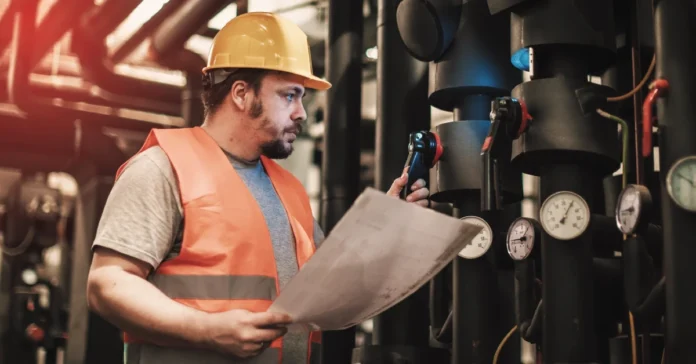The water that flows through a business’s pipes is all too often taken for granted – a natural resource enjoyed by customers and staff, but something no one pays too much attention to.
That is, until something goes wrong.
And when something does go wrong with a water supply, it can do so spectacularly – think burst water pipes or an outbreak of a waterborne bacterial disease such as Legionella.
For businesses, the risk to the bottom line and human health of not taking water safety seriously is therefore very real.
This means that regardless of the size of a business, prioritising water safety simply isn’t an option – it’s a necessity, both from a business continuity perspective and in terms of meeting its legal obligations.
Health Risks
Protecting the health of employees, customers, and anyone else who interacts with the business is paramount, both from a moral perspective and in terms of your legal duties.
When it comes to the water used on a business premise, this means primarily protecting people from things like contaminated drinking water, scalding risks, and slips on pooled water from leaky pipes.
But top of the list when it comes to water safety is guarding against the spread of bacterial pathogens, such as Legionella, which can cause Legionnaires’ disease.
Waterborne nasties like Legionella cosy up in warmish, stagnant water (20–45°C), which means hot spots like hot water tanks, shower heads, and plumbing deadlegs can be breeding grounds for all kinds of unpleasantness if left untreated and unmaintained.
The Law
Not taking water safety seriously is a risky move, and can lead to a dressing down from the Health & Safety Executive (HSE) at the very least, and a criminal prosecution and fines in the cases of serious breaches of the law.
As such, every business must be familiar with the rules and regulations when it comes to water safety.
These rules are primarily contained in the following laws and regulations:
- The Health and Safety at Work Act 1974.
- COSHH Regulations for control of substances hazardous to health (including Legionella)
- ACoP L8 (HSE’s Approved Code of Practice for Legionella control) and HSG274 technical guidance.
- RIDDOR reporting obligations for Legionellosis or dangerous occurrences.
Prosecution & Penalties
In the most serious cases, criminal prosecution can result.
For example, in June 2018, a Bupa care home was fined £3 million at Ipswich Crown Court after an elderly resident died from Legionnaires’ disease three years prior.
HSE investigators found the company in serious breach of water safety rules, including a lack of training, ignored warnings, a lack of proper flushing protocols following a refurbishment, and falsified water safety records.
Compliance
The HSE’s ACoP L8 guidelines say that a ‘competent person’ should work to support managing a work site’s water safety risks (including Legionella) and testing.
A competent person for many businesses often means a consultant or water safety specialist from outside who has the training and know-how to perform the following:
- Legionella risk assessment (typically every 2 years or after plumbing system changes)
- Mapping of the water system
- A sampling and testing programme
Water Safety Plan
The good news is that once the heavy lifting of mapping the water system and performing the testing has been undertaken by an expert, the job of subsequently keeping water safe is then fairly straightforward.
A water specialist will typically leave a water safety plan behind – this should be used as a blueprint for dealing with the water in a business and keeping it germ-free.
A water safety plan will vary from business to business, but in general, it will cover best practices when it comes to water safety, including taking regular water temperature checks, keeping water logs, flushing rarely used taps, and evacuating dead legs and low-flow pipes.
Conclusion
Out of sight should not be out of mind when it comes to the safety of your water supply.
Waterborne pathogens can cause serious illness, leaving you liable to criminal prosecution and heavy fines if you’re found to have taken a lax approach to water risk management.



